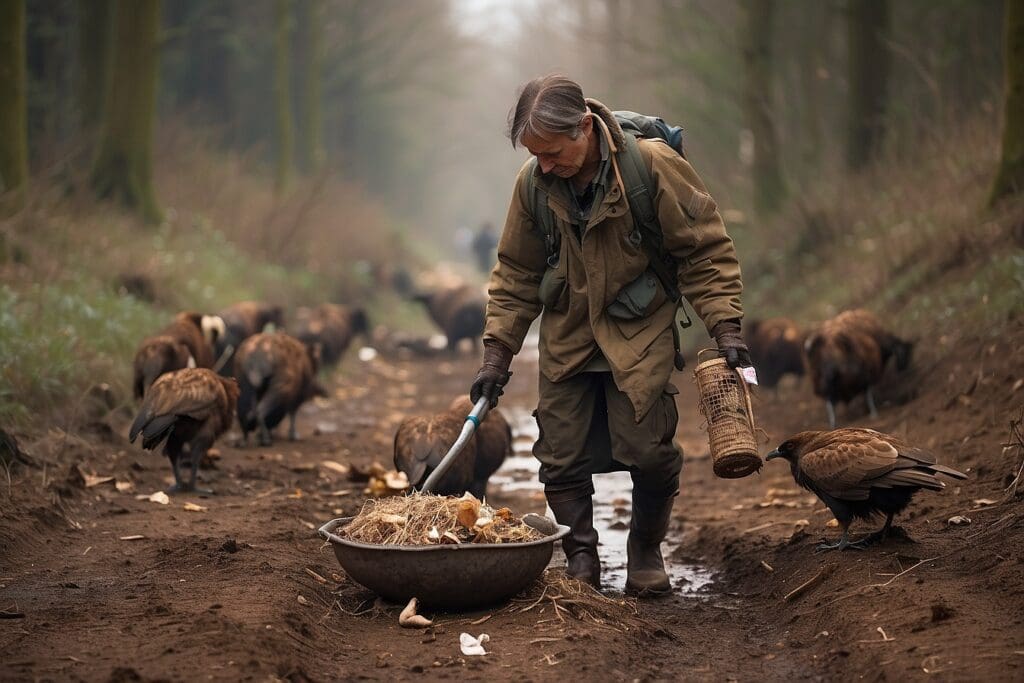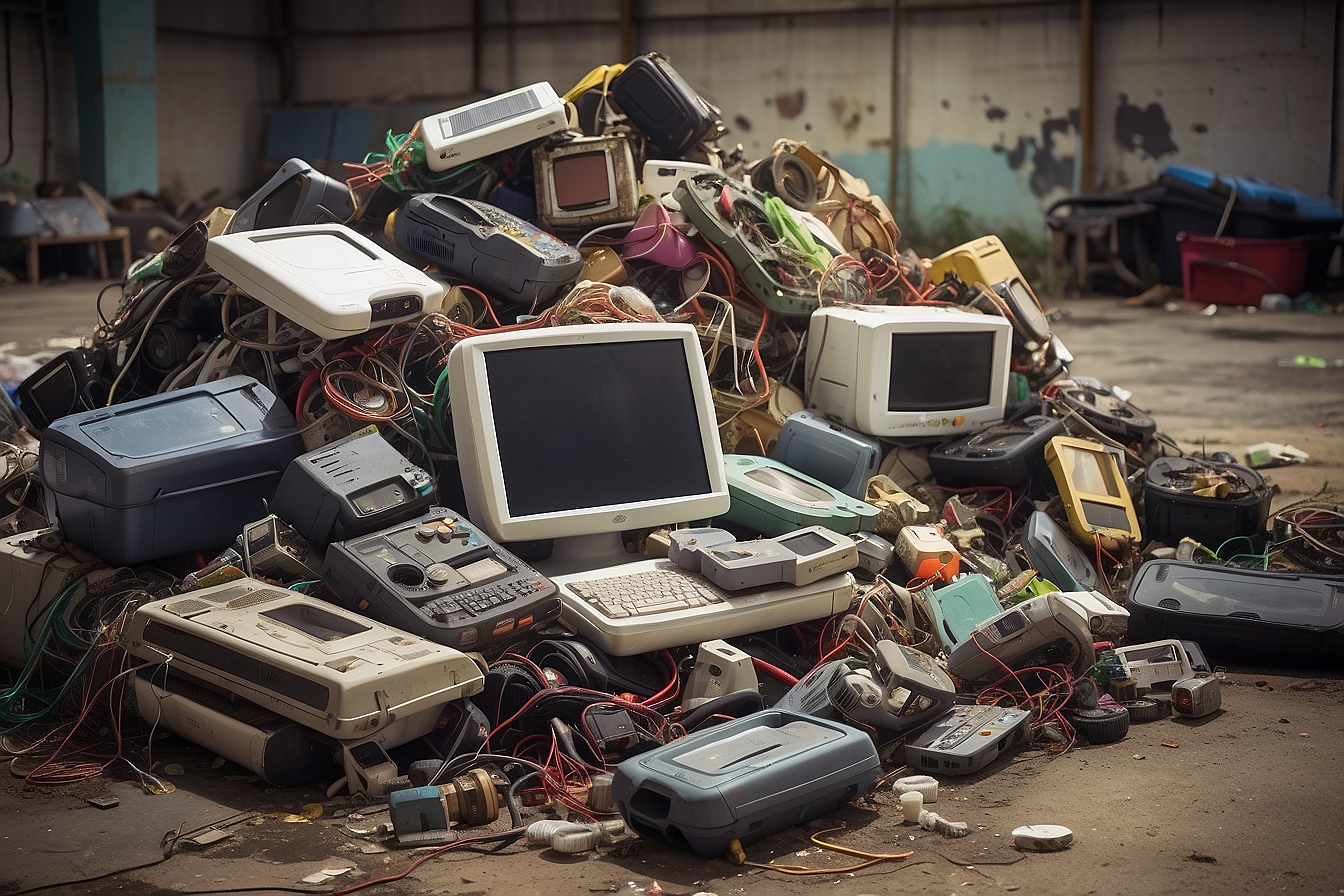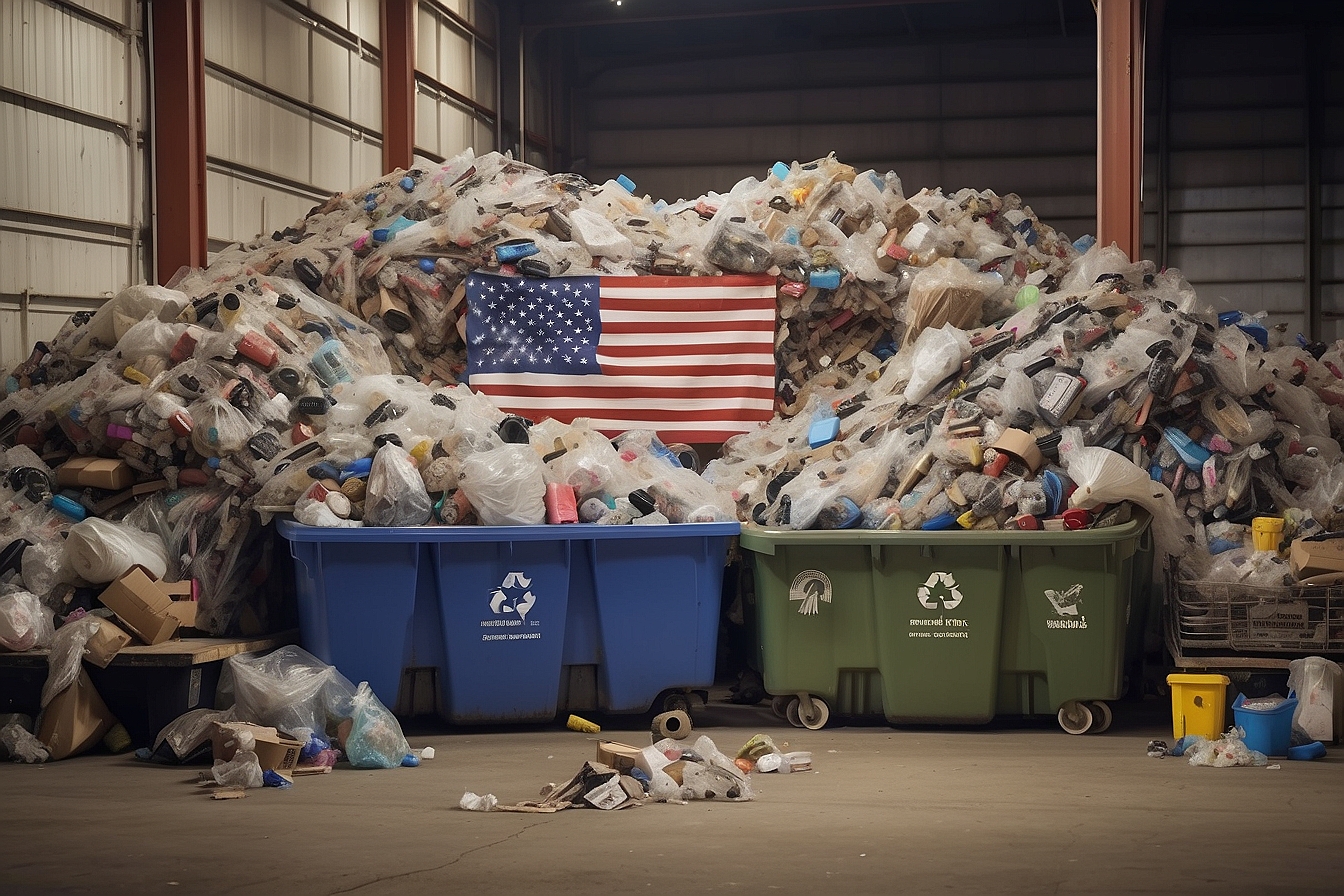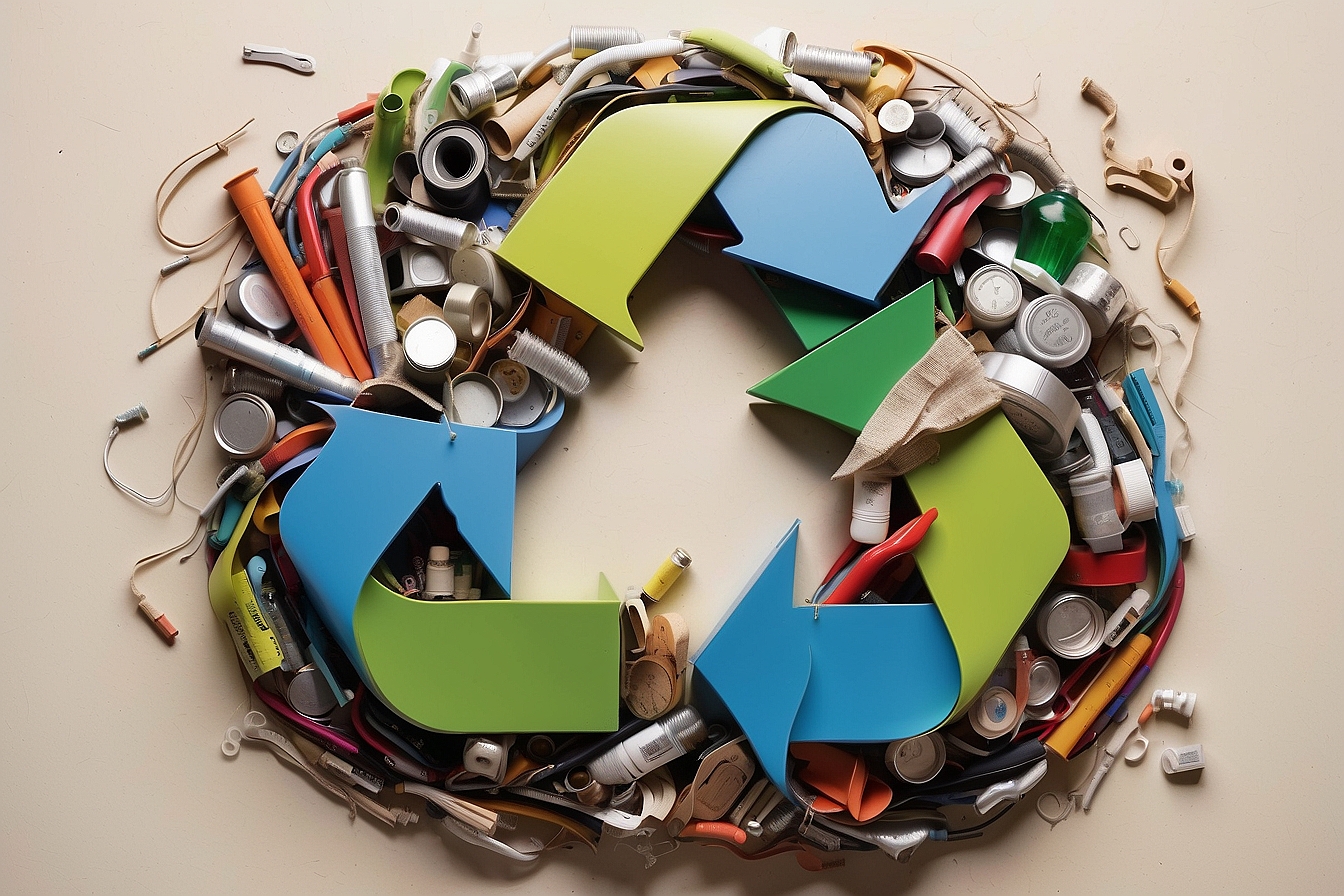The Real Recyclers… It’s a basic biological truth that we sometimes forget: we all create waste. The rich tend to produce more than the poor, but all of us, whether politician or pauper, leave something behind. The advanced waste disposal systems in industrialized nations help us to ignore the waste we produce, but the world’s poor don’t have this luxury, and sometimes literally live in the waste that they—and the rest of the world—produce. Reading about garbage slums and the scavengers that inhabit them can be depressing, as even the most seasoned of PR execs would have trouble spinning the benefits of dipping circuit boards into sodium cyanide to salvage copper, or manually disposing of human waste wearing no protective clothing, as a certain percentage of India’s lowest caste, the Dalits, do. But while trash scavenging is almost always a dirty business, it is not always an awful one, and it occurs in some form in every country in the world. Below are some of the more recent developments in trash scavenging around the world, from Kenya to the USA, all of which are testaments to human ingenuity.
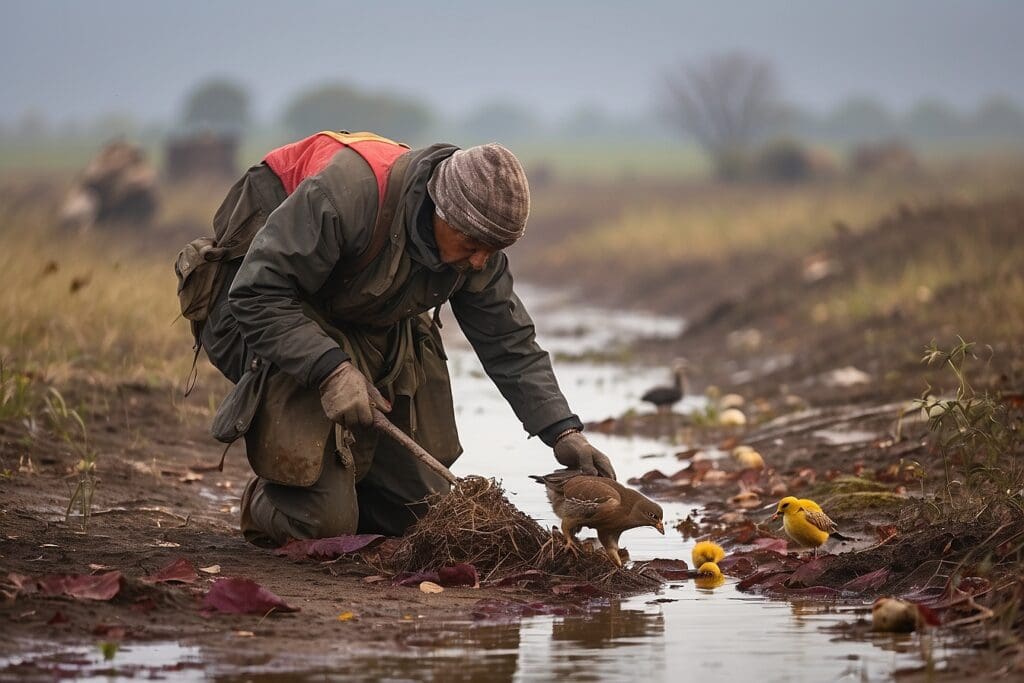
For most of human history, people produced organic waste. Waste disposal was given little thought, and it usually ended up back in society’s gardens, where it fertilized soil and continued the cycle of life. With industrialization, the percentage of non-decomposable trash increased, and advanced societies were confronted with the problem of trash that didn’t just disappear. Mountains of waste, usually located on the outskirts of major cities, grew, and today provide one percent of the world’s urban population with a living scavenging them for useful materials.1
It is a simple matter of economics. As long as earning 50 percent higher than the national median income by scavenging trash is possible, a certain percentage of society will opt to do the dirty work.2 The “garbage slums” in which thousands live and work are found throughout the world, with some of the biggest in: Cairo, Egypt; Beirut, Lebanon; Calcutta, India; Mexico City, Mexico; and Manila, Philippines. The slums in these cities are full of diseases such as malaria and cholera. Workers handle waste that ranges from unsanitary to toxic. They imperil themselves trying to reach valuable trash, scattering out of the way at the last second as trucks drop literally tons of trash. There certainly aren’t any zoning regulations, and precarious housing often extends up the entire length of mountains made of trash.
In July of 2000, the Philippines’ Payatas trash dump experienced the full consequences of this haphazard style of building when weeks of heavy rain precipitated a trash slide in which hundreds of people were killed.3 Far more positive is the fact that Payatas is also the site of a project to mine “the millions of cubic feet of methane produced by the pile’s decay every year, some of which is pumped into a one-megawatt gas generator.”4 Ultimately, this generator would provide electricity to around two thousand households in the area.5
There is no reason not to make use of methane, a gas with a deservedly bad rap. The methane cows release into the atmosphere is a significant contributor to global warming, and buildup of methane can lead to dangerous explosions. To prevent a flammable situation, dumpsite operators burn their methane off (they have a lot, because methane “forms when organic material decomposes in the absence of oxygen,” which pretty much describes a dump).6 While this is a convenient way to dispose of the gas, it is also wasteful, as even a closed landfill can “continue to be a source of energy… producing methane for 15 to 20 years.” If you have it, why not use it?
In Kenya’s capital city, Nairobi, 60% of residents live in the Kibera slum. Trash fires dot the road, cholera outbreaks are not uncommon, and human waste sits next to water pipes. Still, it is here, in what is called Africa’s largest slum,7 that an innovative new oven was developed. Kenyan developers made use of the slum’s largest resource, trash, and produced the “Community Cooker,” a massive incinerator that uses trash as fuel. The biggest obstacle was creating a cooker that could reach a temperature high enough to burn off the carcinogens in plastic. The prototype reaches a temperature of 1,200 degrees Fahrenheit, and researchers are looking into ways to raise that temperature even more. The community cooker is already in operation in Kibera, and there is a goal to build 100 more by 2014. These trash cookers will provide villagers with a source of fuel (many cannot afford kerosene) other than what remains of the nearest forest (a 2 week journey via donkey).8
Compared to the Philippines and Kenya, waste scavenging in the United States might seem tame, but it is not without interesting developments of its own. Dumpstering is a social movement that involves looking through dumpsters to find food, art, and furniture. More extreme are freegans, who attempt to live entirely off of food that has been disposed of by other people. You can read more about both by clicking here.
While the majority of society might look down on scavenging as a profession or a hobby, it really is the essence of recycling. So long as we consume, we will produce waste, and people somewhere, somehow, will find a way to use it. Dirty, but also admirable—from afar at least!

